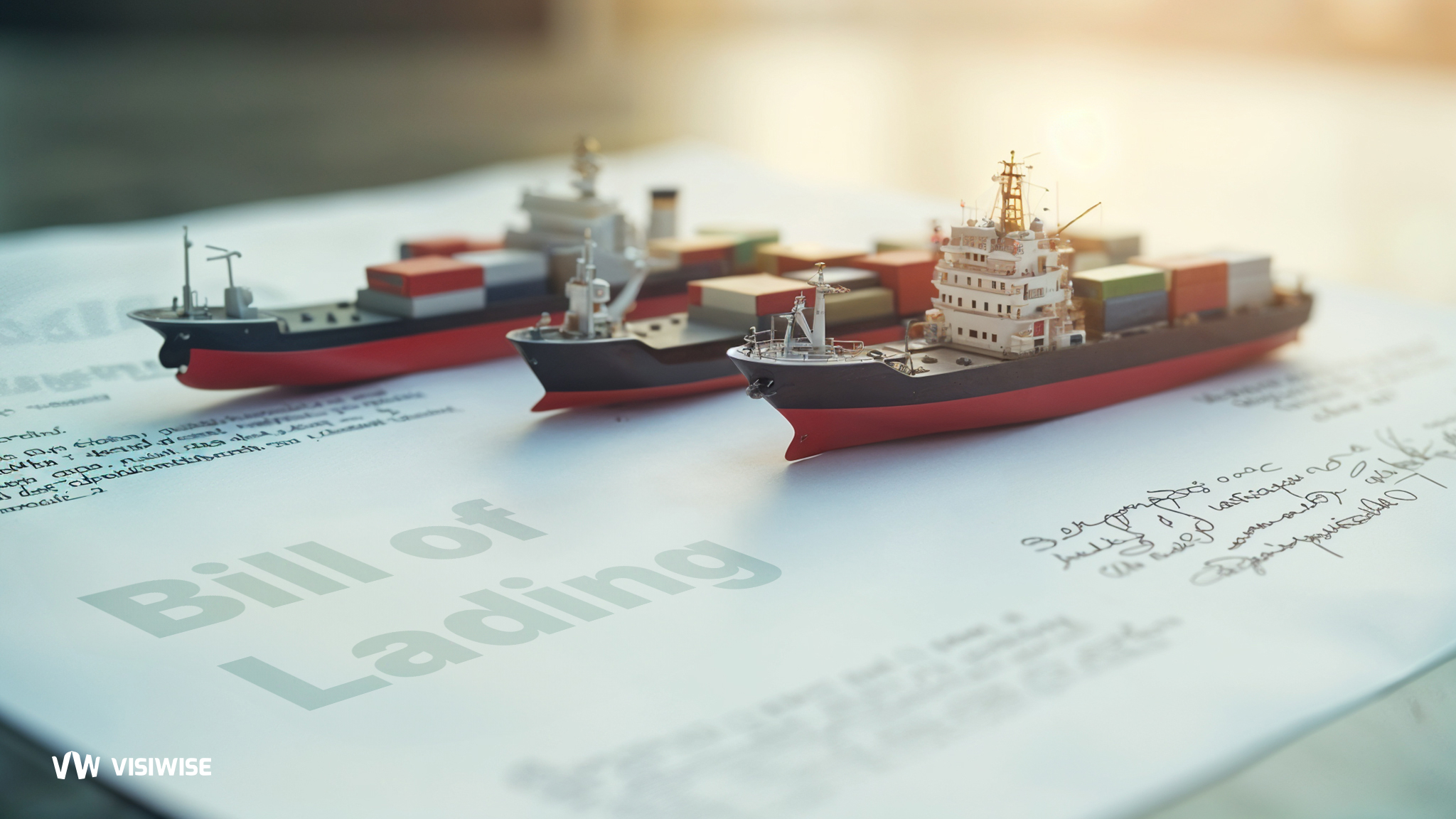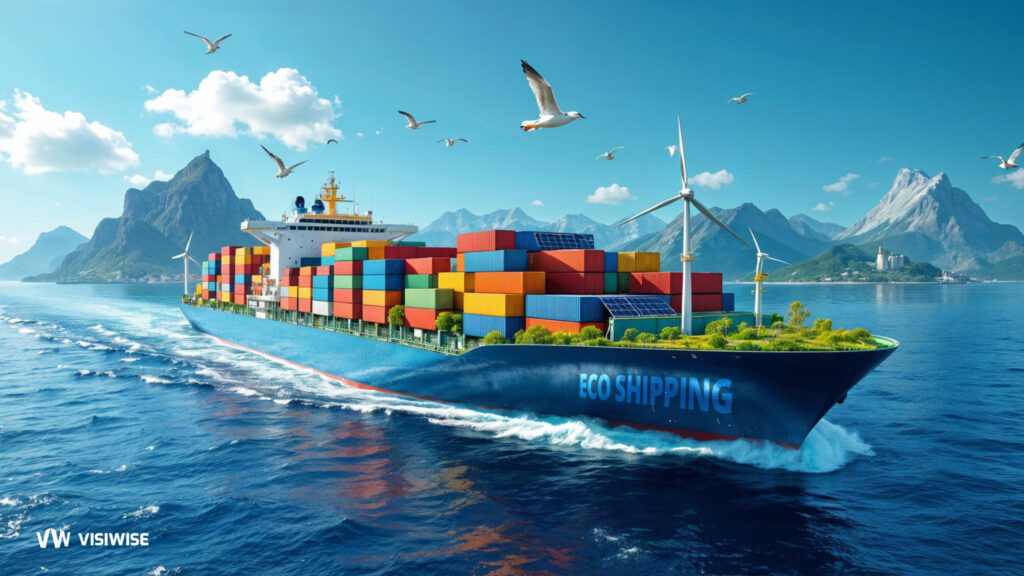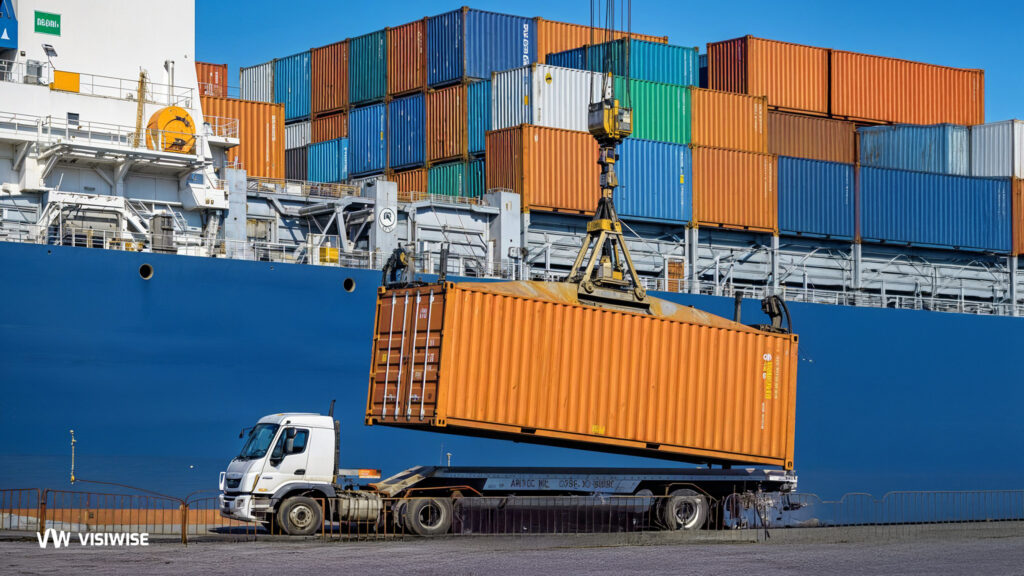We’ve recently covered various aspects of Bills of Lading in detail. If you’re unfamiliar with the concept, it’s a good idea to first review the different types of Bills of Lading and understand the distinction between master and house Bills of Lading. Doing so will give you a solid foundation before we tackle the million-dollar question: Can multiple shippers or consignees be listed on one Bill of Lading?
What is a Bill of Lading For?
Assuming you already have a basic understanding of what a Bill of Lading is, we’ll keep this explanation brief. A Bill of Lading (BOL) serves three main purposes:
- Receipt: It confirms that your goods have been properly loaded for their international journey.
- Contract of Carriage: It specifies the quantity, type, condition, and destination of the goods being shipped.
- Title of Goods: It acts as proof of ownership of the goods.
Customs Entry Bonds and Bills of Lading
When importing goods into the U.S., a customs bond is required, which can either be a single-entry bond (for each shipment) or a continuous bond (covering multiple shipments over a year). Legally, a "shipment" is defined per Bill of Lading. This means that even if multiple containers are listed under one BOL, it is still considered a single shipment. This leads us to the big question:
Is it Possible to Have Multiple Shippers on One Bill of Lading?
In short, yes, it’s possible to have multiple shippers on one BOL. However, the approach varies depending on whether you’re an importer or an exporter, and each method has its pros and cons. Let’s explore this from both perspectives.
Importer Scenarios
Example 1: Multiple Suppliers, One Importer
Consider an importer working with multiple suppliers in China. Suppose you’re purchasing from five suppliers and want to consolidate their goods under one BOL. This is possible through a "consol box" (short for consolidated box). Here’s how it works:
A forwarder like Interlog USA can arrange for an agent to collect goods from all five suppliers, consolidate them into one or more containers, and list them on the Master Bill of Lading (MBL). Since the MBL operates between the forwarders, the consol box can be imported under a single MBL. However, each supplier will still receive a House Bill of Lading (HBL), detailing their specific cargo and serving as proof of the transfer of ownership.
Example 2: One Supplier, Multiple Importers
On the flip side, suppose five local businesses are importing from one supplier in China. In this scenario, one of the importers could act as the lead, obtaining a customs bond (either single-entry or continuous) and then distributing the goods to the other four businesses once they arrive.
In this case, it’s crucial for the lead importer to establish a payment process with the other businesses and decide whether the cost of the customs bond will be shared or covered by one party.
Example 3: Each Importer as a Separate Entity
A more complex method involves listing each importer as a separate Importer of Record, each with their own HBL and Commercial Invoice. For example, if a container holds five bags of ping pong balls for five different U.S. companies, each company would receive its own HBL and invoice showing "one bag of ping pong balls."
To facilitate this, the container would need to be deconsolidated at a U.S. Container Freight Station (CFS), and the goods shipped separately to each importer. While this can add logistical costs, it allows each company to handle its own import documentation.
Exporter Scenario
On the export side, imagine you’re shipping goods to five different customers in South Africa. As with importing, you can consolidate all five buyers’ goods into a single container and export it under one MBL. Each buyer would still receive a unique HBL, Commercial Invoice, and Packing List, detailing their specific cargo.
Can a Bill of Lading Have Two Consignees?
In some cases, shippers might wonder whether it’s possible to have two consignees on one Bill of Lading. Technically, a Bill of Lading is designed to transfer ownership of goods to one consignee or recipient. However, there are workarounds if two parties need to be involved.
One common method is to list a primary consignee and use a "Notify Party" field for the second party. The notify party is the individual or company that should be informed when the shipment arrives, though they do not legally take possession of the goods.
Another approach is to use a freight forwarder or agent who acts on behalf of both consignees. In this arrangement, the goods can be received by the forwarder, who then redistributes the shipment to the two consignees. However, this will not show both consignees directly on the Bill of Lading; instead, the forwarding agent handles the split.
For legal and logistical reasons, it’s generally advised to keep one consignee per BOL. However, if two parties are involved, clear documentation, such as a commercial contract or instructions for redistribution, will ensure smooth processing.
Conclusion
Although it’s not common for multiple businesses to collaborate on a single Bill of Lading, it does happen, especially when companies work together to supply a large customer abroad. Using a single BOL for multiple shippers or involving two consignees can offer cost savings and logistical efficiency, but it requires careful planning and clear communication.



